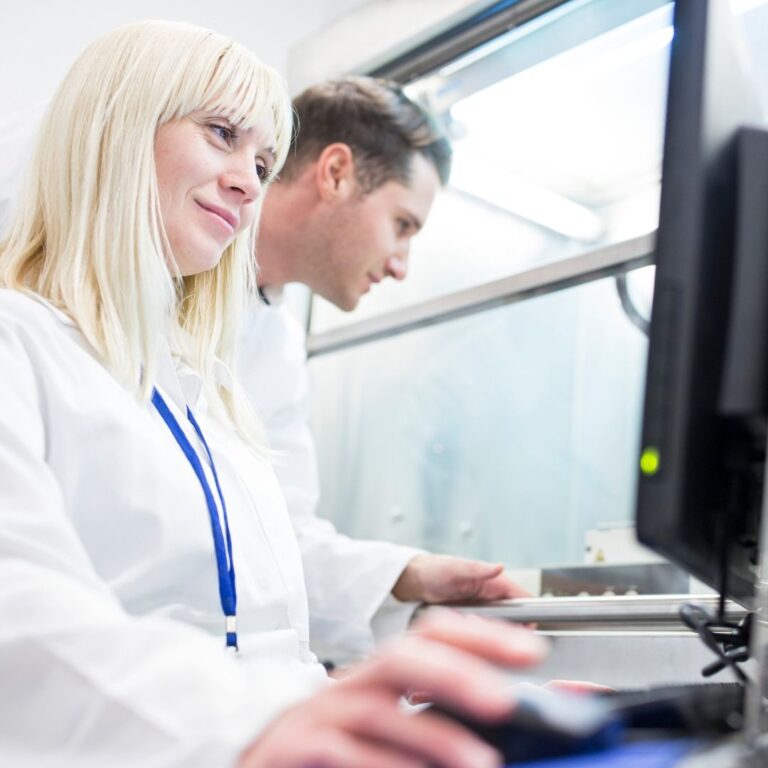The world of medicine is on the cusp of a revolutionary transformation – bioprinting. This emerging technology uses 3D printing techniques to create living tissues and even organs. While it may sound like science fiction, bioprinting holds immense promise for regenerative medicine, drug discovery, and even personalized transplants.
How Does Bioprinting Work?
Bioprinting utilizes a special type of 3D printer. Instead of using plastic or metal filaments, bioprinters use bioinks – a complex mixture of living cells, biodegradable materials, and growth factors. The bioink is deposited layer by layer, building up a 3D structure based on a digital blueprint.
The Potential of Bioprinting
Bioprinting offers a multitude of exciting possibilities:
- Regenerative Medicine: Bioprinted tissues and organs could be used to repair damaged tissues after injuries or diseases. Imagine printing new skin for burn victims or even replacement heart valves.
- Drug Discovery: Bioprinted tissues can be used to test the effects of new drugs in a more realistic setting than traditional cell cultures.
- Personalized Medicine: Bioprinting could allow for the creation of tissues and organs with a patient’s own cells, reducing the risk of rejection in transplants.
The Challenges of Bioprinting
Despite the promise, bioprinting faces some hurdles:
- Technical Challenges: Developing bioinks that mimic the complexity of natural tissues and ensuring cell viability throughout the printing process are ongoing areas of research.
- Ethical Considerations: The ethical implications of bioprinting human organs and tissues need careful consideration.
- Regulatory Frameworks: Regulations around the use of bioprinted tissues in medical applications are still evolving.
The Future of Bioprinting
The field of bioprinting is rapidly advancing. With continued research and development, we can expect to see significant breakthroughs in the coming years. Bioprinting has the potential to revolutionize medicine, offering new hope for patients with organ failure or debilitating injuries.
Bioprinting is more than just creating body parts; it’s about pushing the boundaries of what’s possible in medicine. This technology has the potential to transform healthcare and improve the lives of millions.

